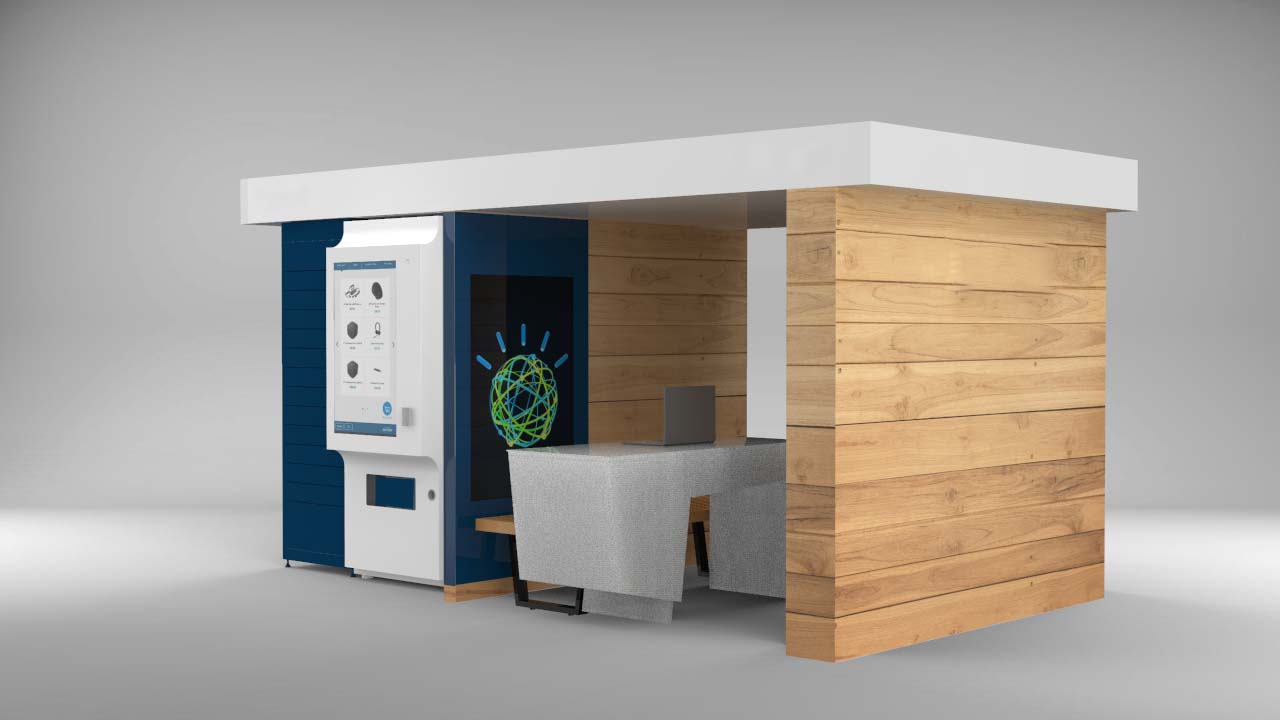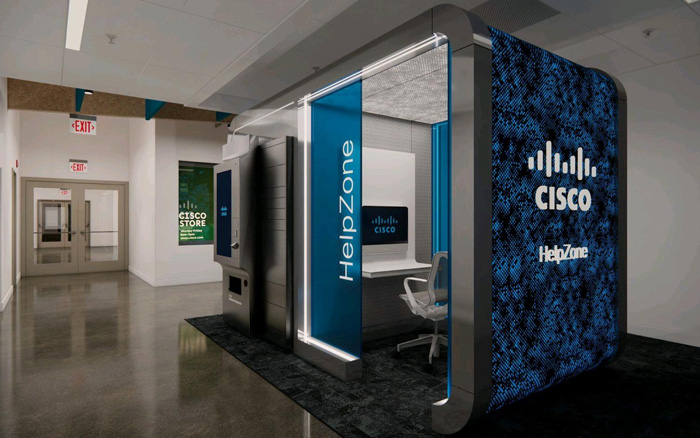It’s a well-known fact that comprehensive software asset management can bring huge savings and efficiencies to organizations, especially at scale. But is it a good investment for IT hardware too?
In a word, YES. Let’s put it this way: Could your organization definitively say how many laptops and servers it has? Do you know where they are? If not, it could be time to think about investing in IT Asset Lifecycle Management.
Asset management for hardware has lagged somewhat behind processes for software. But that’s changing as more and more organizations discover that taking firm control over IT hardware assets can lead to tighter security, more strategic decision-making around tech procurement, and plenty of efficiency: Just clearing old, slow tech assets out the door can lead to productivity gains — perhaps as much as thousands of dollars per employee.
But first: What is Asset Lifecycle Management? We would define it as the set of processes, practices and investments that allow organizations to manage their assets intelligently, and keep them running smoothly and productively, from the beginning to end of their useful lifespan.
(The short version? Asset Lifecycle Management is about making sure your tech gear is looked after, so it can do its job.)
Here are five key reasons for your organization to get serious about Asset Lifecycle Management:
1. It’s important to know where your hardware is (and you probably don’t)
Are you aware of the whereabouts of your company's laptops?
At a fundamental level, an organization should have the ability to track its assets, including physical IT assets. Therefore, an effective IT asset lifecycle management program should start by establishing a comprehensive inventory of all the hardware assets within your organization. This typically involves asking every employee to provide a list of the equipment they have, whether it's located at home or in the office, and whether it's currently in use or not. It's a substantial task, but having a baseline inventory is essential.
During this process, you'll be able to identify any "ghost" assets that exist according to your records but cannot be physically located. This issue may have become more challenging since the start of the pandemic and the rise of remote working.
Additionally, your team should also focus on identifying "zombie" assets, which are assets that your employees possess but are not recorded in any official records.
2. Unaccounted hardware poses a significant risk to your organization.
Closely tracking and managing IT assets introduces accountability to the system, which will reduce the risk of lost and stolen hardware. Lifecycle management also helps ensure that assets don’t fall into the wrong hands — a critical concern in the current context of increasing cyberattacks and data breaches.
To reduce these kinds of risks, ServiceNow recommends that your IT asset management team work with IT security experts to identify opportunities to incorporate security concerns into your organization’s asset lifecycle protocols.
3. Old hardware is a liability
Who hasn't felt the frustration of watching an outdated computer sluggishly start up and struggle to perform even the simplest tasks? Outdated hardware increases downtime and slows down productive work — and that’s not just a gut feeling, there’s data to back it up: Microsoft commissioned a 2018 study that concluded old computers were costing companies more than US$2,700 each.
“Older computers,” the study said, “are more than twice as likely to experience issues like being slow to boot up, batteries depleting too soon, disk drive crashes causing data losses, application crashes and network connectivity problems. The total cost of owning a PC that is four or more years old is enough to replace it with two or more newer models.”
The result? Letting go of underperforming IT assets is a strategic investment that can significantly boost productivity. Implementing an IT asset lifecycle management program allows your organization to identify and remove sluggish, outdated equipment from your premises, paving the way for improved efficiency and effectiveness.
4. You can’t make strategic IT hardware spending decisions without good data
Your organization cannot truly know how to budget for its IT hardware needs if it doesn’t have an insight on what it already has, how (or whether) it’s being used.
Comprehensive IT asset lifecycle management, on the other hand, allows organizations to optimize how their IT resources are used, potentially reducing technology capital and operating expenditures.
How? By tracking and monitoring assets throughout their lifecycle, businesses can optimize asset allocation, including moving underused assets to areas and departments with higher demand. This active approach ensures that IT assets are deployed efficiently, minimizing waste, reducing costs and saving money.
5. A solution could be easier than you think. (Talk to us.)
To maximize the benefits of an IT hardware asset management program, Automation — featuring smooth and cost-efficient processes, built on a foundation of end-user self-service — is the desired end state.
How do you get there? Signifi’s integrated, flexible, turnkey platform for IT asset management is the only solution on the market that provides complete visibility into all of your organization’s assets remotely, from any device or location. Our cloud software-based tracking, monitoring and control features, in conjunction with smart lockers and other physical investments, will help you get your IT assets in check. As we’ve seen, this will lead to the discovery of cost efficiencies, and the gathering of data that informs better decision-making and enhanced accountability around your hardware assets. (Translation: less “lost” equipment.)
And you can keep using your current IT software management (ITSM) system, because our platform offers integration with ServiceNow, Remedy and other ITSM systems via RESTful APIs.
Because counting (and accounting for) your assets should be as easy as a breeze.

.png)

